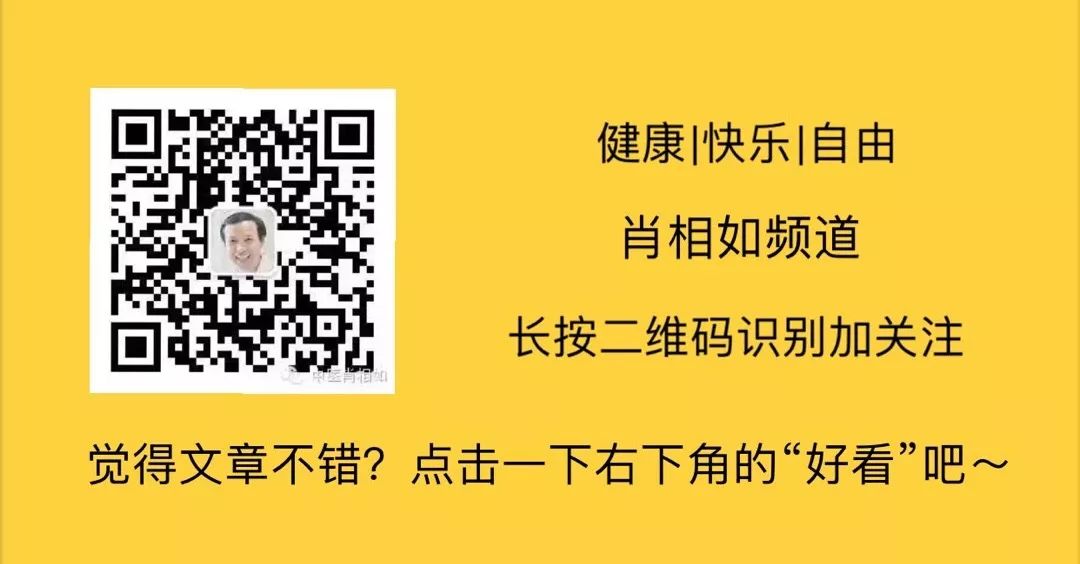Introduction: Today we will learn about the usage of Fuzi.
Fuzi (Aconitum carmichaelii) is a processed product of the tuberous roots of the perennial herbaceous plant belonging to the Ranunculaceae family.
Properties and Channels
It is very hot, toxic, with a pungent and sweet taste. It enters the Heart, Kidney, and Spleen meridians.
Effects
1. Overview of Effects
Revives Yang, rescues from collapse, supplements fire and assists Yang, expels wind, cold, and damp pathogens.
2. Indications
Treats symptoms of Yang collapse, cold limbs, weak pulse, impotence, cold uterus, cold pain in the heart and abdomen, deficiency cold vomiting and diarrhea, Yin cold edema, Yang deficiency with external pathogens, cold damp bi syndrome, etc.
3. Historical Records
“Shennong Bencao Jing”: “It is used for wind-cold cough, evil qi, warming the middle, traumatic injuries, breaking up masses, blood stasis, cold damp bi syndrome, and knee pain, preventing walking.”
“Mingyi Bielu”: “Used for cold and weak feet, lumbar and spine wind-cold, cold pain in the heart and abdomen, cholera with cramps, diarrhea with red and white stools, strengthening muscles and bones, invigorating Yang, and preventing miscarriage, it is the king of all medicines.”
4. Modern Pharmacology
Cardiotonic, anti-shock, improves circulation, analgesic, anti-inflammatory, anti-cold, adrenal cortex hormone-like effects, etc.
Clinical Applications
1. Main Indications
1. Aplastic anemia (Qi and blood deficiency); 2. Hypotension (Kidney Yang deficiency);
3. Chronic pulmonary heart disease (Lung and Kidney deficiency); 4. Bronchial asthma (Kidney Yang deficiency);
5. Rheumatic heart disease (Heart and Kidney Yang deficiency); 6. Sick sinus syndrome (Yang qi deficiency);
7. Chronic gastritis (Spleen and Stomach Yang deficiency); 8. Chronic allergic colitis (Spleen and Kidney Yang deficiency);
9. Rheumatoid arthritis (wind-cold bi syndrome); 10. Chronic nephritis and uremia (turbid Yin rising); 11. Cold in deficient individuals (Yang deficiency with cold); 12. Pneumonia (insufficient Yang qi).
2. Combination Insights
Processed Fuzi 10~15g, combined with Dangshen (Codonopsis pilosula) 15g, Danggui (Angelica sinensis) 10g, Dazhu (Rehmannia glutinosa) 15g, etc., to treat aplastic anemia due to Qi and blood deficiency.
Processed Fuzi 30g, combined with Ganjiang (Dried Ginger) 9g, Zhi Gancao (Honey-fried Licorice) 6g, Huangjing (Polygonatum) 30g, etc., to treat hypotension due to Kidney Yang deficiency.
Processed Fuzi, combined with Daizheshi (Hematite) 30g, Gejie (Gecko) 1 pair, etc., to treat pulmonary heart disease due to Lung and Kidney deficiency.
Processed Fuzi 10g, combined with Fuling (Poria) 15g, Zhi Suzi (Fried Perilla Seed) 10g, etc., to treat cough and asthma due to Yang deficiency.
Processed Fuzi 90g, combined with Rougui (Cinnamon) 15g, Tinglizi (Descurainia) 10g, Fuling 60g, etc., to treat heart and kidney Yang deficiency with heart failure and concurrent kidney failure.
Processed Fuzi 15~30g, combined with Guizhi (Cinnamon Twig) 10g, Xixin (Asarum) 3g, etc., to treat sick sinus syndrome with weak Yang qi and a deep, slow pulse.
Processed Fuzi 10g, combined with Baishao (White Peony) 15g, Muxiang (Aucklandia) 6g, etc., to treat stomach diseases due to Spleen and Stomach Yang deficiency.
Processed Fuzi 30g, combined with Ganjiang 10g, Baizhu (Atractylodes) 15g, etc., to treat diarrhea due to Spleen and Kidney Yang deficiency.
Processed Fuzi 10~15g, combined with Baizhu 15g, Wushaoshe (Bungarus) 10g, etc., to treat wind-cold bi syndrome.
Processed Fuzi 30g, combined with Dahuang (Rhubarb) 10g, Taoren (Peach Kernel) 10g, etc., to treat uremia due to Yang deficiency and turbid Yin rising.
Processed Fuzi 6g, combined with Mahuang (Ephedra) 6g, Xixin 6g, etc., to treat Tai Shao two-pathogen syndrome.
Processed Fuzi 10g, combined with Mahuang 10g, Shengshigao (Gypsum) 30g, etc., to treat pneumonia due to Lung heat and Yang deficiency.
3. Dosage Research
The maximum dosage is 90g, and the minimum dosage is 6g.
Clinical Insights
Fuzi possesses a robust quality, capable of traversing all twelve meridians, expelling Yin pathogens, reviving Yang, and demonstrating significant leadership in treatment, hence its frequent use.
However, when using Fuzi, attention must be paid to drug resistance and local medication practices, mastering the key points of differentiation, and ensuring appropriate combinations.
Fuzi can warm Yang and rescue from collapse; when evil is strong and the righteous is weak, it can also be used in combination with cold. In clinical practice, it is crucial to pay attention to the decline of Yang qi, and medication must be decisive to avert death in an instant.
Pale complexion, aversion to cold, cold limbs, fatigue, white tongue, and weak, fine, or slow pulse are clinical indications for using Fuzi. If three of the above symptoms are present, Fuzi must be used.
Those with excessive heat, Yin deficiency, or hyperactive Liver Yang, as well as pregnant women, should avoid using Fuzi.
If differentiation is incorrect, processing is improper, or decoction is inappropriate, it may lead to toxic reactions. Mild cases may present with tongue and limb numbness, nausea, vomiting, dizziness, while severe cases may affect the heart and lead to death.
Analysis of Fuzi
Fuzi is a principal herb in warming methods in traditional Chinese medicine, and many practitioners highly value its effects.
Lu Yuanlei stated: “Fuzi is a stimulating and strengthening herb that can invigorate the vitality of all cells in the body, counteracting functional decline and raising body temperature.”
Yu Bo said: “Fuzi possesses a robust quality, capable of traversing the twelve meridians, guiding Qi tonics to restore lost Yuan Yang, nourishing insufficient true Yin with blood tonics, expelling wind and cold with dispersing herbs, and warming the lower jiao to eliminate internal cold and dampness.”
Thus, it is evident that Fuzi has a wide range of applications, but it is a highly pungent, hot, and toxic herb; improper use can lead to disastrous consequences.
Yun Tieqiao remarked: “Fuzi is the most useful yet most difficult herb to use; one must thoroughly understand pathology and accurately differentiate to harness its therapeutic effects while avoiding its harmful effects.”
Master Zhang Ciguang pointed out: “The purpose of using Fuzi is to invigorate functional decline—regardless of location—hence the disease must exhibit symptoms of functional decline, such as a weak, deep pulse. If the heart’s function is severely fatigued, Fuzi can invigorate it. …
The use of Fuzi is predicated on the need to invigorate functional decline; this is a necessary condition for its use. If any organ’s function is not declining, there is no need to use Fuzi; forcing its use will lead to immediate disaster.”
Through years of clinical practice, insights into the application of Fuzi can be summarized into main and reference indications.
Main indications are:
1. Aversion to cold, cold limbs.
2. Deep, slow, weak, fine pulse.
3. Pale, swollen tongue with white coating.
Reference indications are:
1. Pale complexion, lethargy, desire to sleep.
2. Clear, long urine, diarrhea with undigested food.
3. Lumbar and knee soreness and cold, lower limb edema.
4. Purple tongue, no thirst, moist mouth.
5. Cold pain in joints.
Note:Specific medication should follow medical advice! This article is excerpted from “Zhang Yunpeng’s Clinical Experience in Internal Medicine,” authored by Zhang Yunpeng, published by People’s Health Publishing House, November 2006. This public account is used solely for academic exchange; if there is any infringement, please contact for deletion, and please indicate the source when reprinting.
Cover image source: 360 Images.
//////////
You May Also Like, click to read the original text:
Xu Zhongcai: Insights on the Application of Fuzi
Distinguishing Functions and Combinations of 5 Heat Herbs — Fuzi, Ganjiang
This formula containing “Fuzi” can treat threatened miscarriage



